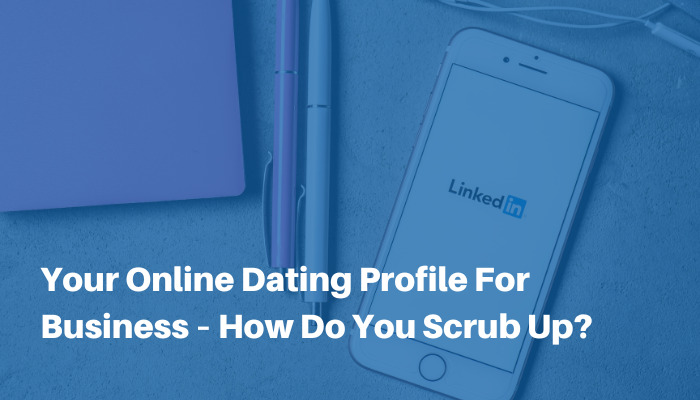Simone Douglas
Simone is co-founder and Senior Principal Solutions Architect of Digital Marketing AOK. Simone offers over 17 years in corporate management roles encompassing generalist HR recruitment and development of small to large teams across multiple sites, industry sectors and states.
Experienced in a variety of social media platforms and their complimentary applications, social media strategy, risk management, disaster recovery and associated HR policies and processes.
